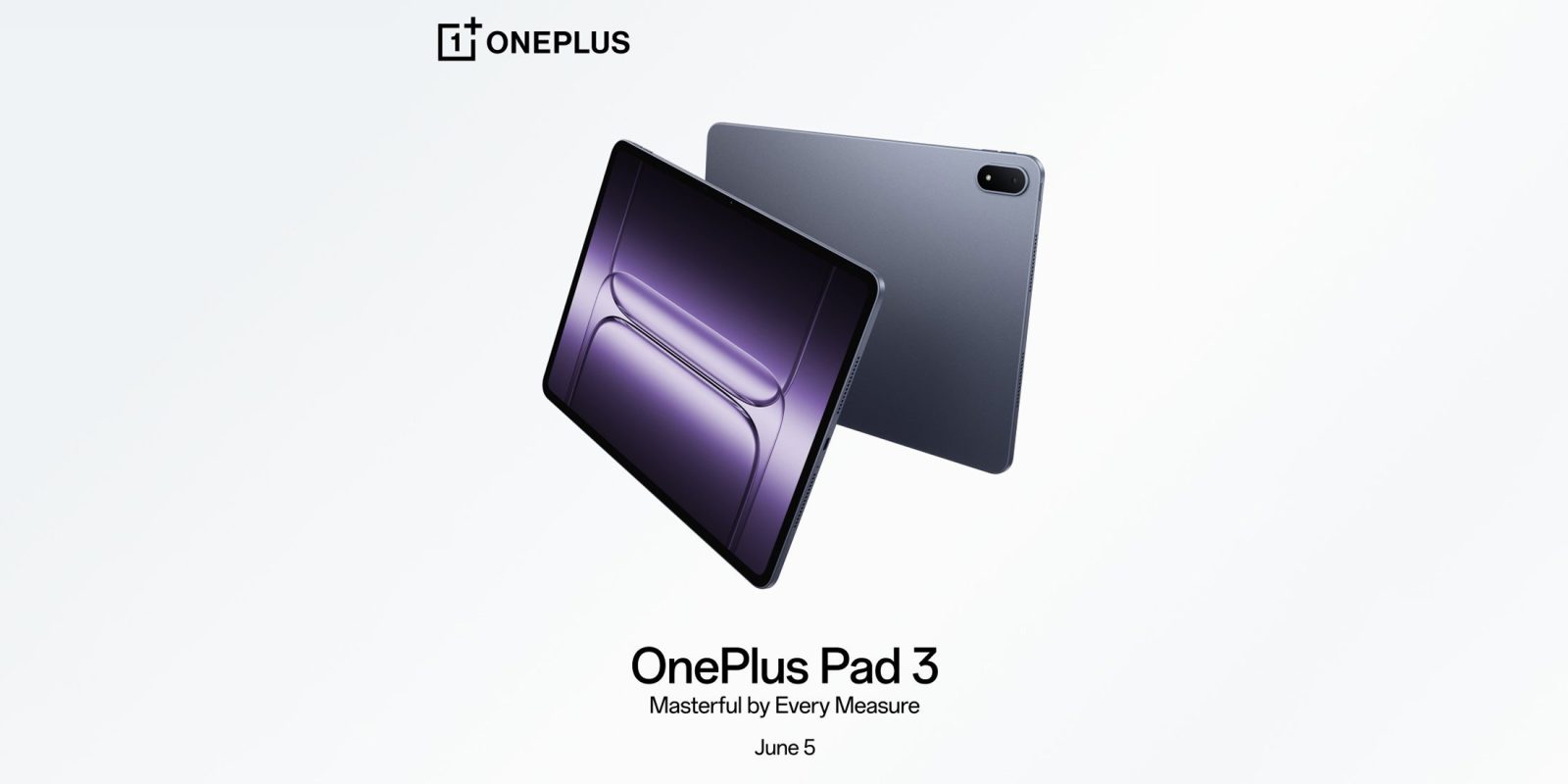In the latest episode of The Sideload, 9to5Google’s podcast series, host Will Sattelberg is joined by guest Ben Schoon to delve into the dynamic landscape of smartphones in 2025. This discussion offers a comprehensive analysis of the year’s most significant developments, highlighting both the triumphs and challenges faced by manufacturers and consumers alike.
Innovations and Technological Advancements
The year 2025 has been marked by remarkable technological strides in the smartphone industry. Manufacturers have pushed the boundaries of innovation, introducing devices that boast cutting-edge features and capabilities. Notably, the integration of artificial intelligence (AI) has become more prevalent, enhancing user experiences through personalized interactions and smarter functionalities.
One standout example is the latest flagship models from leading brands, which have incorporated advanced AI-driven cameras. These cameras not only capture stunning images but also intelligently adjust settings in real-time, ensuring optimal photo quality in various lighting conditions. Additionally, AI has been leveraged to improve battery management, app optimization, and even predictive text input, making smartphones more intuitive and efficient.
Design Evolution and User Experience
Design aesthetics have also undergone significant transformations. The trend towards bezel-less displays has continued, with some manufacturers introducing under-display front cameras to achieve a truly uninterrupted screen experience. Foldable smartphones have gained traction, offering users the versatility of a compact device that unfolds into a larger display when needed.
Moreover, the emphasis on sustainability has influenced design choices. Companies are increasingly utilizing eco-friendly materials and implementing modular designs that allow for easier repairs and upgrades, thereby extending the lifespan of devices and reducing electronic waste.
Market Dynamics and Consumer Preferences
The smartphone market in 2025 has witnessed a shift in consumer preferences. While flagship models continue to attract attention, there is a growing demand for mid-range devices that offer a balance between performance and affordability. This trend has prompted manufacturers to focus on delivering value-packed smartphones that cater to budget-conscious consumers without compromising on essential features.
Additionally, the rise of 5G connectivity has become a standard expectation among consumers. The widespread availability of 5G networks has enabled faster data speeds, lower latency, and improved overall connectivity, enhancing the user experience for activities such as streaming, gaming, and video conferencing.
Challenges and Setbacks
Despite the advancements, the industry has faced its share of challenges. Supply chain disruptions have impacted production schedules, leading to delays in product launches and limited availability of certain models. These disruptions have been attributed to various factors, including geopolitical tensions and global semiconductor shortages.
Furthermore, concerns regarding data privacy and security have intensified. As smartphones become more integrated into daily life, the amount of personal data they handle has increased. This has raised questions about how companies collect, store, and utilize user information, prompting calls for stricter regulations and more transparent practices.
The Role of Software and Ecosystems
Software has played a pivotal role in shaping the smartphone experience in 2025. Operating system updates have introduced new features that enhance functionality and security. For instance, the latest version of Android has implemented improved privacy controls, allowing users to have greater oversight of app permissions and data access.
Ecosystem integration has also been a focal point. Manufacturers are striving to create seamless experiences across devices, enabling smartphones to effortlessly connect with other gadgets such as smartwatches, tablets, and smart home devices. This interconnectedness aims to provide users with a cohesive and convenient digital environment.
Looking Ahead: The Future of Smartphones
As the year progresses, the smartphone industry is poised for further evolution. Emerging technologies such as augmented reality (AR) and virtual reality (VR) are expected to become more mainstream, offering new avenues for entertainment, education, and productivity. Additionally, advancements in battery technology and charging solutions are anticipated to address current limitations, providing longer usage times and faster recharging capabilities.
In conclusion, the smartphone landscape in 2025 reflects a dynamic interplay of innovation, consumer preferences, and industry challenges. While the year has seen significant achievements, it also underscores the need for adaptability and resilience in an ever-changing technological environment.



